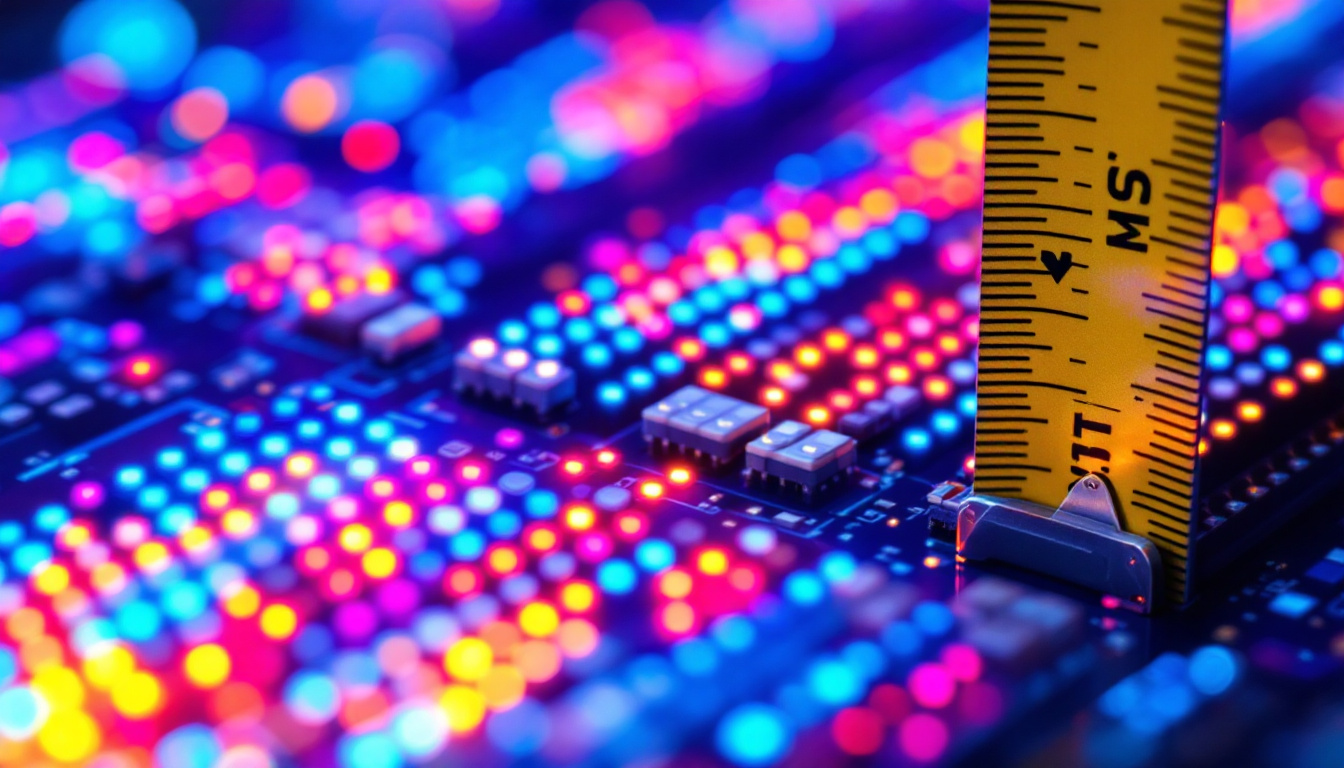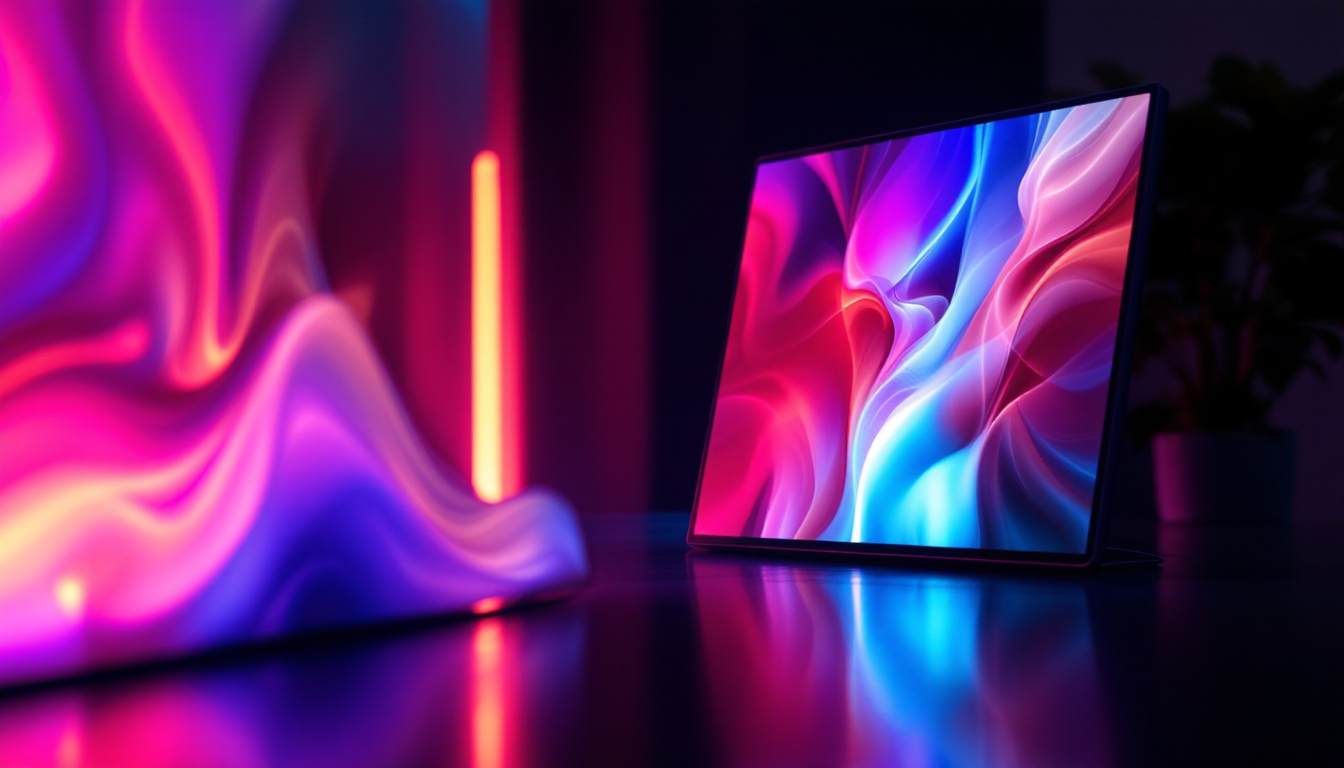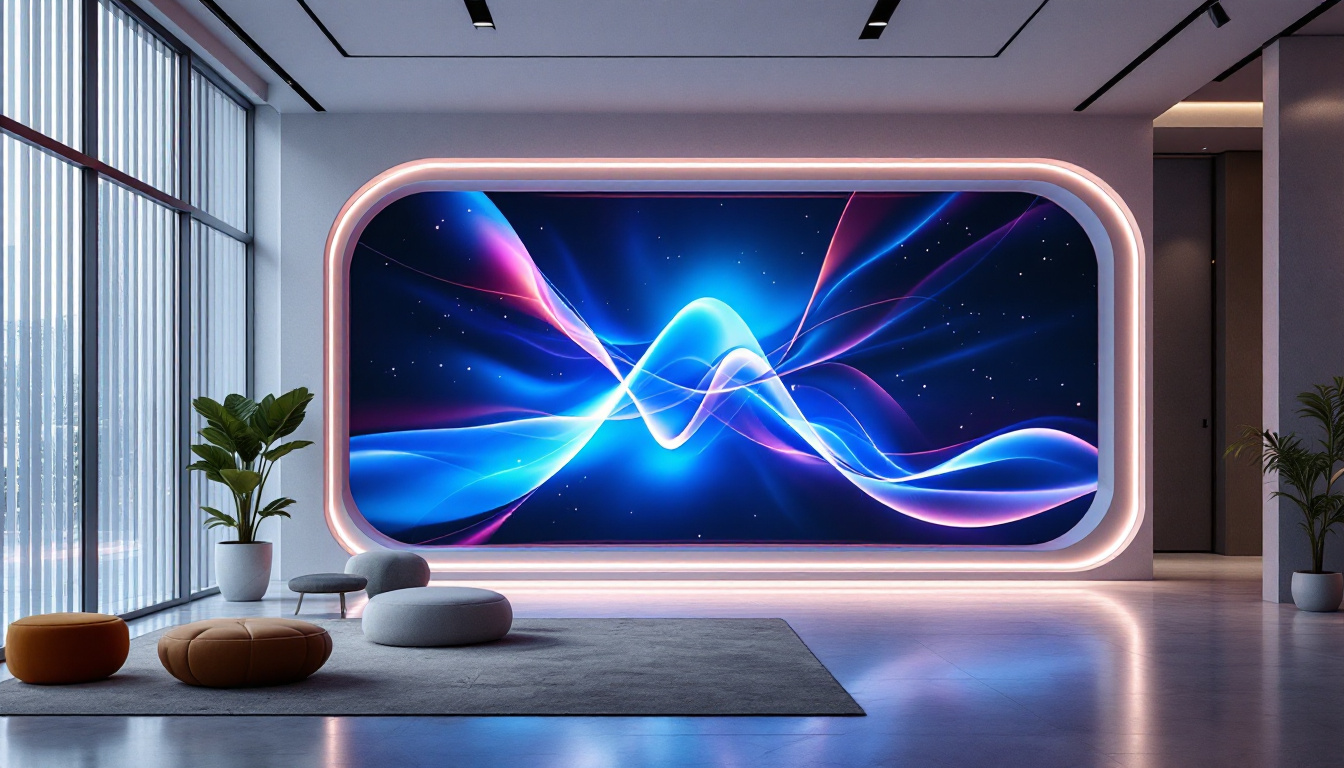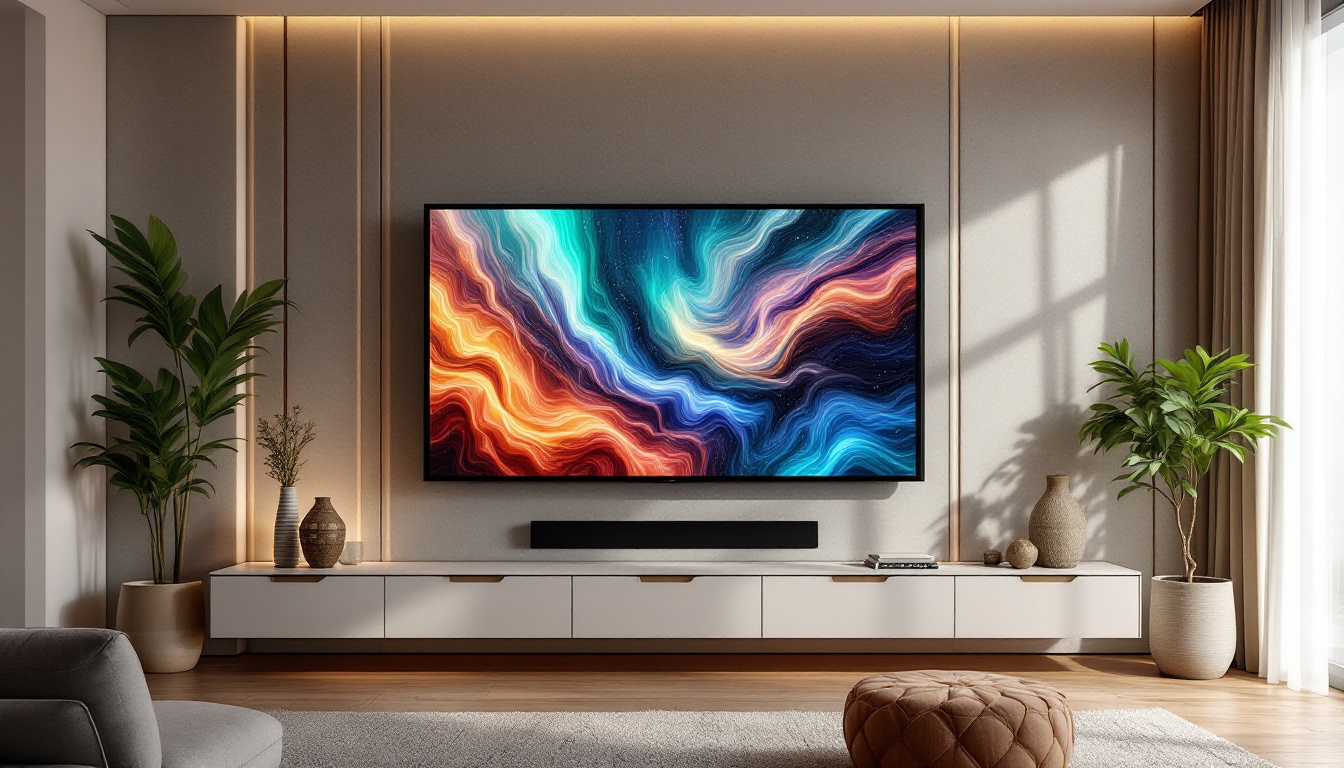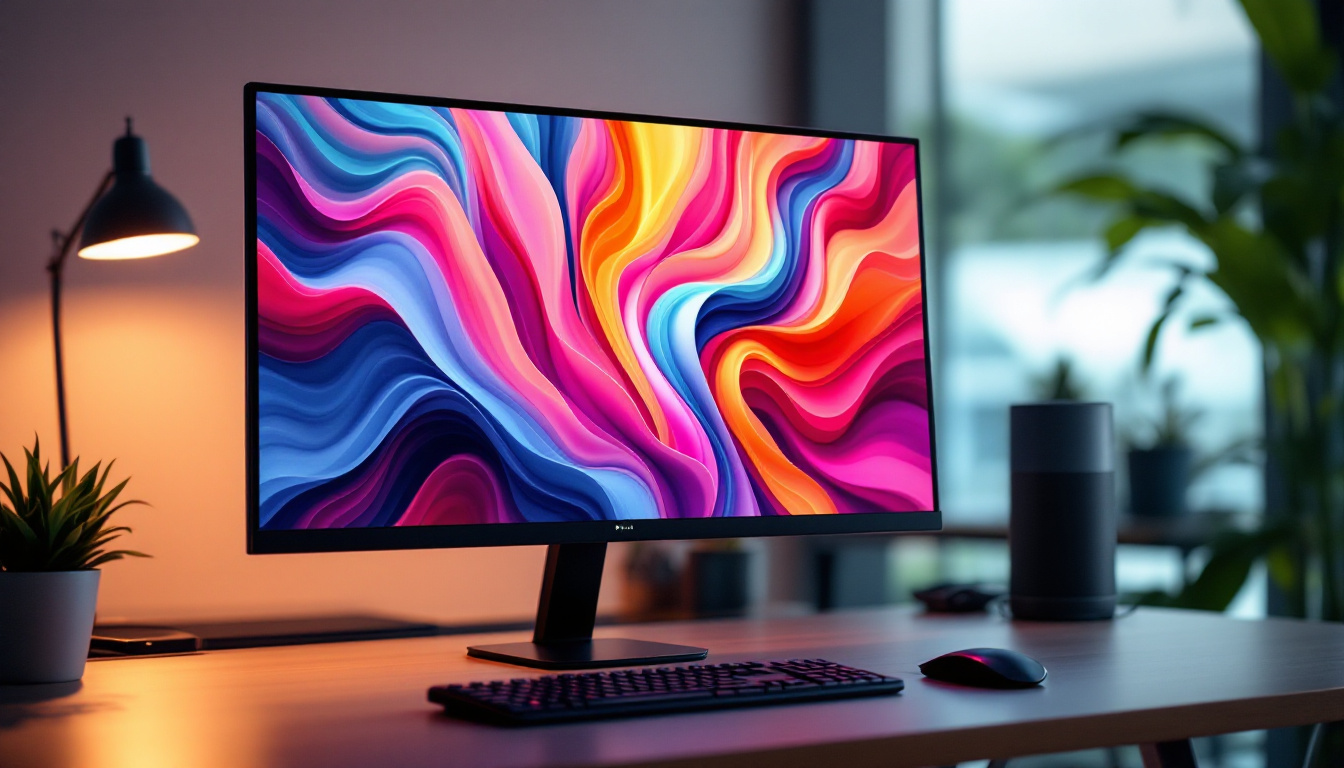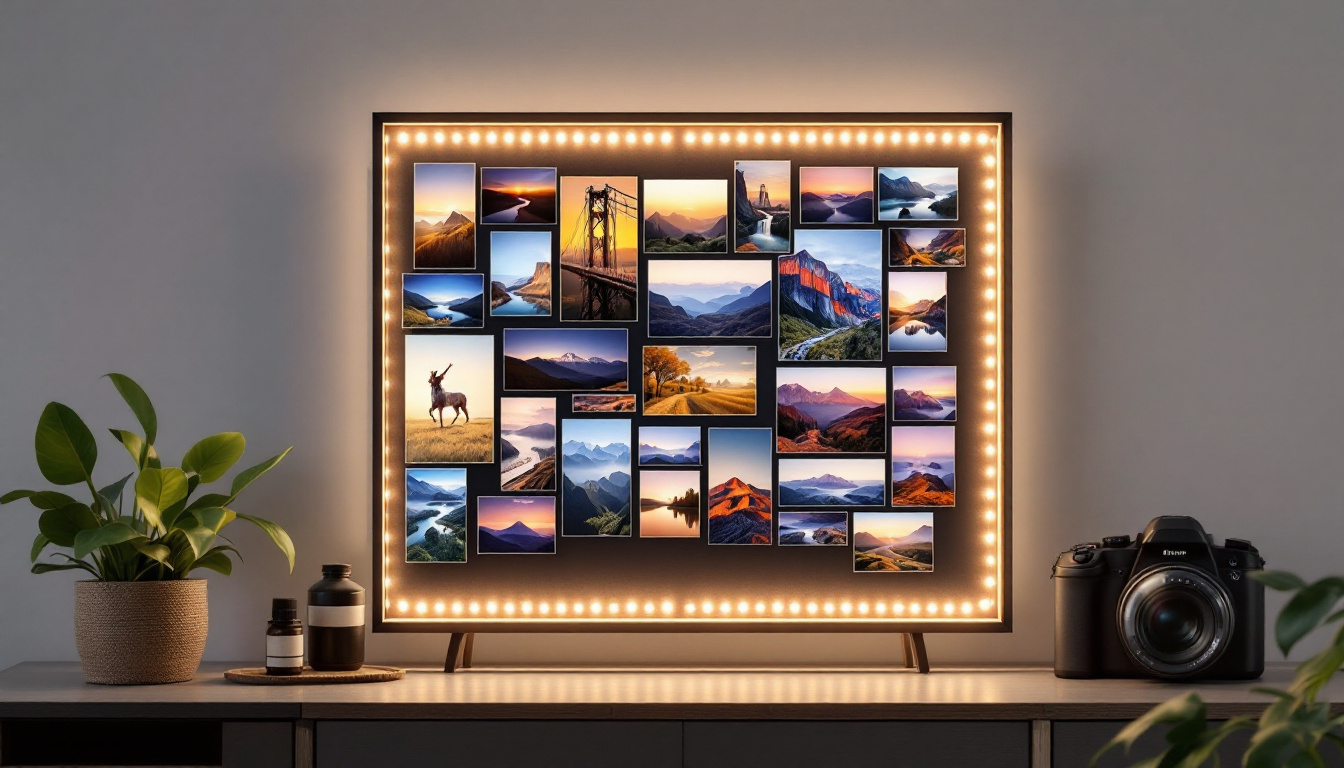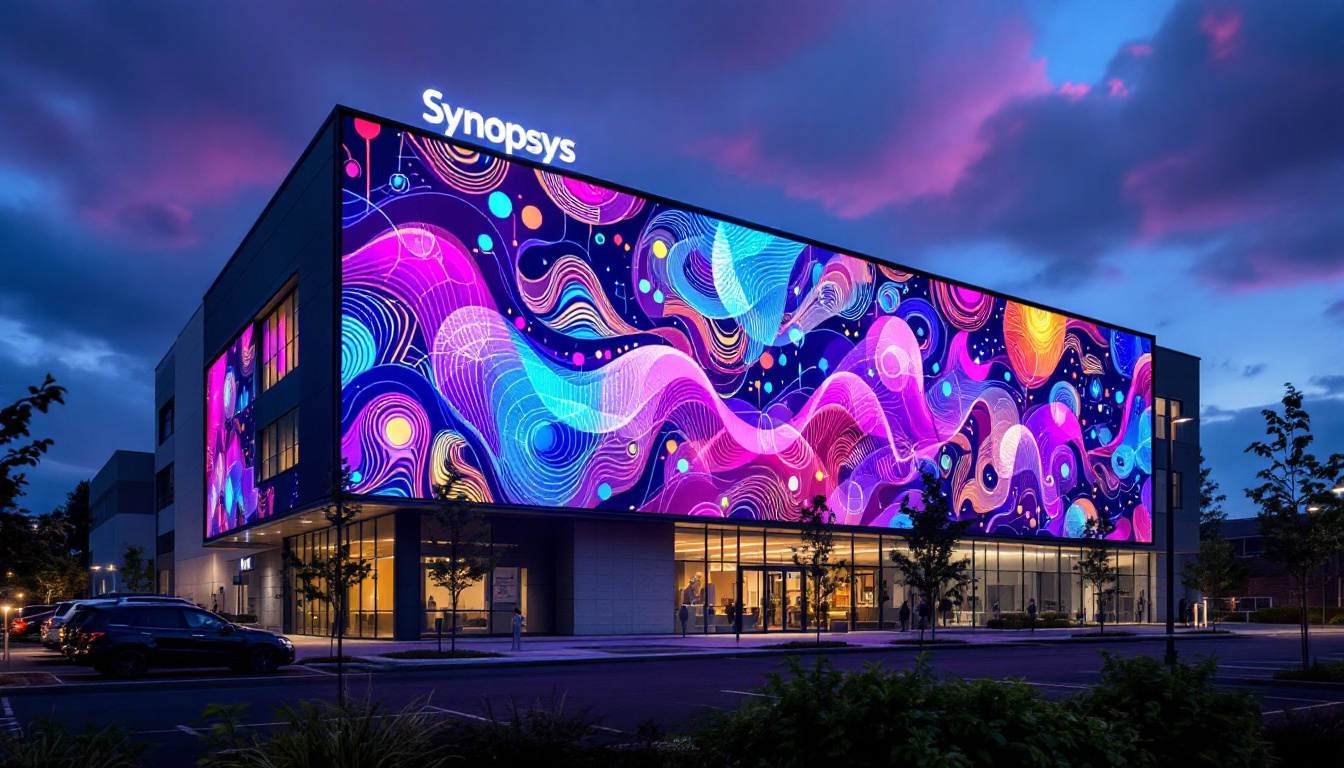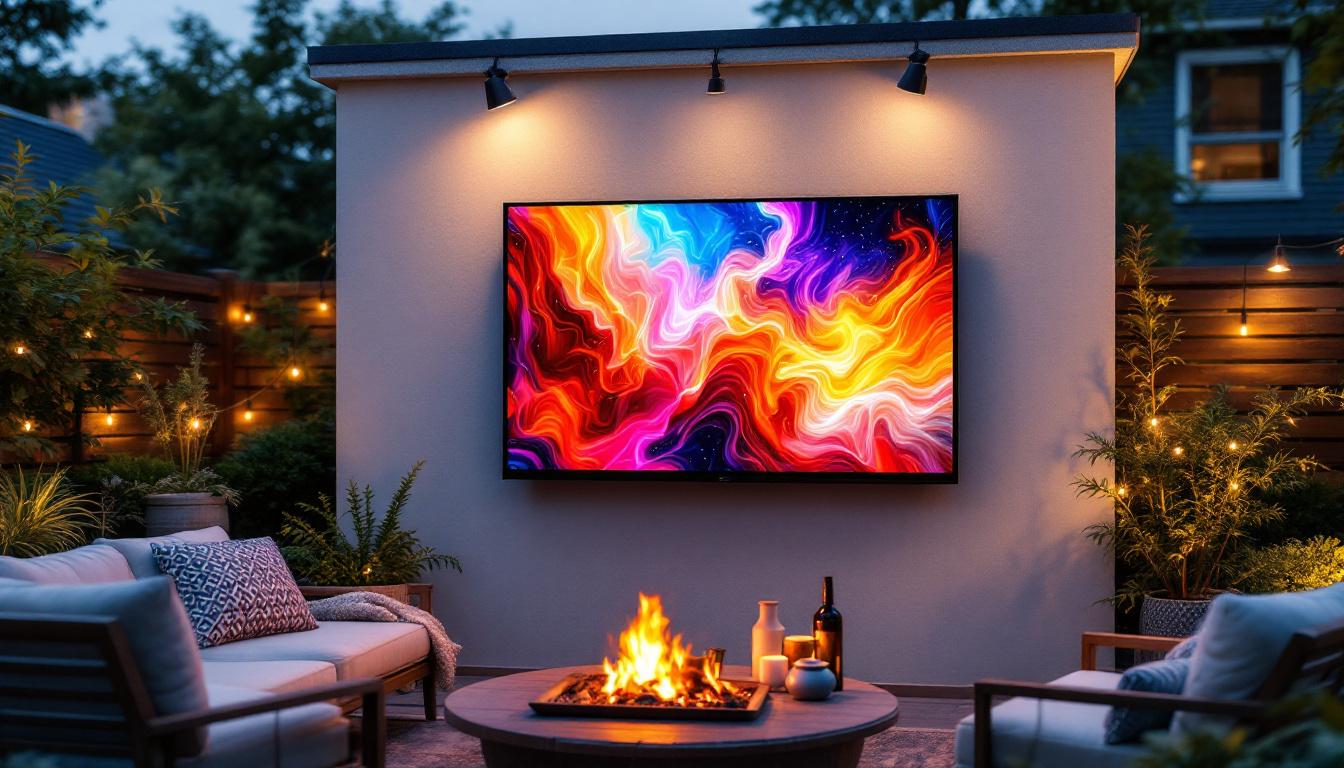In the ever-evolving world of technology, the demand for high-quality displays has surged. Whether for gaming, professional work, or casual use, LED monitors have become a staple in households and offices alike. This article delves into the intricacies of LED displays, exploring their features, advantages, and the factors to consider when purchasing one during a monitor sale.
Understanding LED Technology
LED, or Light Emitting Diode, technology has transformed the way we view images on screens. Unlike traditional LCD monitors that use fluorescent backlighting, LED displays utilize an array of tiny diodes that emit light. This fundamental difference results in various benefits that enhance the viewing experience. The energy efficiency of LED technology is particularly noteworthy; it consumes significantly less power than its predecessors, making it an environmentally friendly choice for consumers and businesses alike. Additionally, the compact size of LEDs allows for sleeker designs, enabling manufacturers to create thinner and lighter displays that fit seamlessly into modern aesthetics.
Types of LED Displays
There are primarily two types of LED displays: Edge-lit and Full-array. Edge-lit LED monitors have LEDs positioned along the edges of the screen, which allows for a thinner design. However, they may not provide uniform brightness across the display. On the other hand, Full-array LED monitors have a grid of LEDs behind the screen, offering better contrast and color accuracy. This technology also supports local dimming, which enhances the depth of blacks and the overall dynamic range of the image. In addition to these, there are also variations like OLED (Organic LED) displays, which provide even deeper blacks and more vibrant colors. OLED technology utilizes organic compounds that emit light when an electric current is applied, allowing for pixel-level illumination. Understanding these types can help consumers make informed decisions based on their specific needs, whether they are looking for a monitor for gaming, professional design work, or general use.
Key Features of LED Monitors
When evaluating LED monitors, several key features should be considered. Resolution is one of the most critical aspects; higher resolutions such as 4K (3840 x 2160) offer more detail and clarity. Additionally, refresh rate plays a significant role, especially for gamers. A higher refresh rate, such as 144Hz, can lead to smoother motion and a more enjoyable gaming experience. Furthermore, response time is another vital feature, particularly in fast-paced gaming scenarios. A lower response time minimizes motion blur, ensuring that fast-moving images remain sharp and clear.
Another important feature is the monitor’s color gamut, which determines how many colors the display can reproduce. A wider color gamut results in more vibrant and accurate colors, enhancing the overall visual experience. Some monitors even support HDR (High Dynamic Range), which further expands the range of colors and contrasts, making images appear more lifelike. Connectivity options also play a significant role in usability; modern LED monitors often come equipped with multiple HDMI and DisplayPort inputs, allowing for easy connection to various devices. As technology continues to evolve, the integration of smart features and built-in speakers in LED monitors is becoming increasingly common, adding to their versatility and appeal.
The Advantages of LED Displays
LED monitors come with a plethora of advantages that make them a preferred choice for many users. From energy efficiency to superior image quality, these displays have a lot to offer.
Energy Efficiency
One of the standout features of LED displays is their energy efficiency. Compared to traditional monitors, LED screens consume significantly less power, making them an environmentally friendly option. This not only reduces electricity bills but also contributes to a lower carbon footprint.
Furthermore, many LED monitors come with energy-saving modes that adjust brightness based on ambient light, further enhancing their efficiency.
Superior Image Quality
LED monitors are renowned for their superior image quality. The use of diodes allows for better contrast ratios, resulting in deeper blacks and brighter whites. This capability is particularly beneficial for tasks that require color accuracy, such as graphic design and photo editing.
Additionally, the fast response times associated with LED technology minimize motion blur, making them ideal for fast-paced gaming and video playback.
Considerations When Buying an LED Monitor
While LED monitors offer numerous benefits, there are several factors to consider before making a purchase. Understanding these elements can help ensure that the selected monitor meets the user’s specific needs.
Size and Resolution
The size of the monitor is a crucial consideration. Larger screens provide a more immersive experience, especially for gaming and multimedia consumption. However, it is essential to balance size with resolution. A 27-inch monitor with a 1080p resolution may not deliver the same clarity as a 24-inch monitor with a 1440p resolution.
Therefore, determining the right size and resolution based on the intended use is vital. For general office work, a 24-inch monitor with 1080p resolution may suffice, while gamers and content creators might opt for larger screens with higher resolutions.
Connectivity Options
Another important factor is the connectivity options available on the monitor. Modern LED displays often come equipped with multiple ports, including HDMI, DisplayPort, and USB-C. Ensuring that the monitor has compatible ports for existing devices is essential for a seamless setup.
Additionally, features like built-in speakers, USB hubs, and VESA mount compatibility can enhance the overall user experience, making it easier to integrate the monitor into a workspace or entertainment setup.
Popular Brands and Models
As the market for LED monitors expands, several brands have emerged as leaders, offering a range of models catering to different needs and budgets. Understanding the strengths of these brands can aid in making an informed decision.
Top Brands to Consider
Brands like Dell, ASUS, and LG are renowned for their high-quality LED monitors. Dell’s UltraSharp series is particularly popular among professionals for its color accuracy and ergonomic designs. ASUS, on the other hand, is favored by gamers for its high refresh rate monitors that deliver smooth gameplay.
LG’s UltraFine series is also worth mentioning, especially for Mac users, due to its excellent color reproduction and compatibility with Apple devices. Each brand has its unique offerings, so exploring their product lines can help users find the right fit.
Notable Models
Some notable models include the Dell UltraSharp U2720Q, which offers a stunning 4K resolution and excellent color accuracy, making it ideal for creative professionals. For gamers, the ASUS ROG Swift PG259QN is a powerhouse with a 360Hz refresh rate, ensuring ultra-smooth gameplay.
Additionally, the LG 27UK850-W is a versatile option that combines great performance with USB-C connectivity, making it suitable for both work and play.
Monitor Sale: Finding the Best Deals
With the growing popularity of LED monitors, many retailers frequently offer sales and discounts. Knowing when and where to look for the best deals can save consumers a significant amount of money.
Timing Your Purchase
Timing is crucial when it comes to purchasing a monitor. Major sales events like Black Friday, Cyber Monday, and back-to-school sales often feature substantial discounts on electronics, including LED monitors. Additionally, keeping an eye on seasonal sales can lead to finding excellent deals.
Moreover, some retailers may offer clearance sales to make way for new inventory, providing opportunities to snag high-quality monitors at reduced prices.
Online vs. In-Store Shopping
When searching for the best deals, consumers have the option to shop online or in-store. Online shopping often provides a wider selection and the convenience of comparing prices across multiple retailers. Websites like Amazon, Newegg, and Best Buy frequently update their sales, making it easy to find competitive prices.
In contrast, in-store shopping allows consumers to see the monitor in person, helping them assess factors like screen size and picture quality before making a purchase. Additionally, some retailers may offer exclusive in-store discounts or bundles that can enhance the overall value.
Setting Up Your New LED Monitor
Once the perfect LED monitor has been purchased, setting it up correctly is essential to maximize its performance. Proper setup not only enhances the viewing experience but also ensures that the monitor functions optimally.
Ergonomics and Placement
Ergonomics play a significant role in monitor setup. The monitor should be positioned at eye level, approximately an arm’s length away from the user. This positioning helps reduce eye strain and promotes better posture during extended use.
Additionally, ensuring that the monitor is placed in a well-lit area can minimize glare, enhancing visibility and comfort. Adjusting the monitor’s tilt and height can further improve the viewing angle, allowing for a more enjoyable experience.
Calibration for Optimal Performance
After setting up the monitor, calibrating it for optimal performance is crucial. Most LED monitors come with preset modes, but manual calibration can enhance color accuracy and contrast. Tools like color calibration devices can assist in achieving the best results.
Furthermore, adjusting settings such as brightness, contrast, and color temperature based on personal preference can significantly improve the overall viewing experience.
Conclusion
LED monitors have revolutionized the way users interact with technology, offering superior image quality, energy efficiency, and a range of features that cater to various needs. Understanding the intricacies of LED technology, the advantages it offers, and the considerations for purchasing one can empower consumers to make informed decisions.
As monitor sales continue to provide opportunities for significant savings, being aware of popular brands, models, and the timing of purchases can lead to finding the perfect display. With the right setup and calibration, an LED monitor can enhance productivity, entertainment, and overall user satisfaction.
In the end, whether for work or play, investing in a quality LED monitor is a decision that pays off in the long run, enriching the digital experience in countless ways.
Discover LumenMatrix’s Advanced LED Displays
Ready to elevate your visual experience with the latest in LED display technology? Look no further than LumenMatrix, a pioneer in crafting innovative LED display modules that bring your content to life. Whether you need an Indoor LED Wall Display for your business, an Outdoor LED Wall Display for advertising, or any of our specialized solutions like Vehicle LED Displays, LED Sports Displays, or Custom LED Displays, LumenMatrix has you covered. Embrace the future of visual communication and check out LumenMatrix LED Display Solutions today to see how we can help you make a lasting impression and communicate your message with unparalleled clarity and impact.



